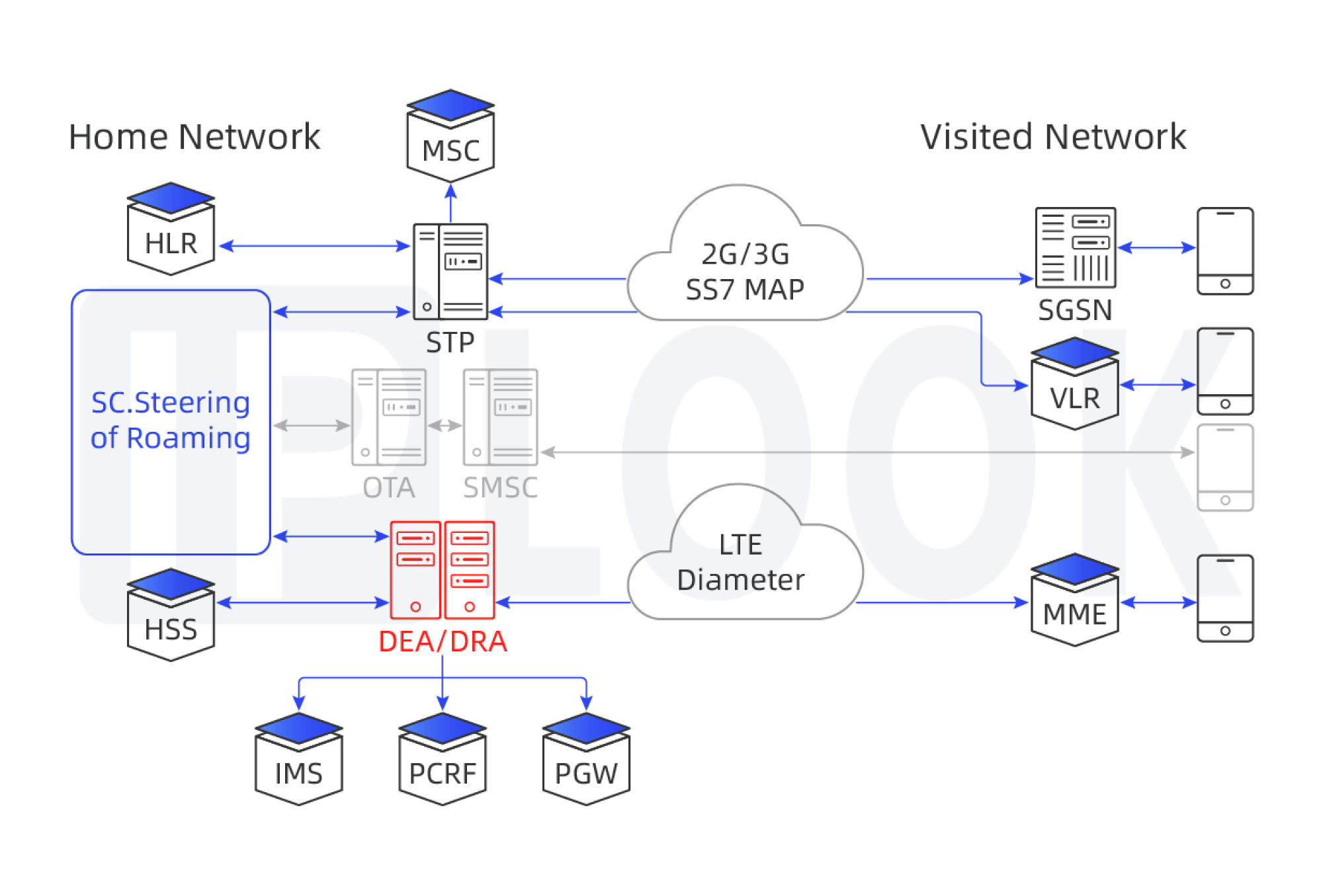network Drain: A Deep Dive
Network drain, in the context of computer networking, refers to the process of instructing a network router to withdraw advertisements of prefixes it knows how to reach but does not possess itself (e.g., loopback prefixes). This action effectively removes the router from the data path for traffic not destined for itself, essentially taking it out of service.
Network drain serves several critical purposes in network management and maintenance:

Reduced Downtime: When performing maintenance tasks like software upgrades, hardware replacements, or configuration changes on a router, draining the device minimizes disruption to network traffic. By removing it from the data path, ongoing operations are less likely to be impacted by the maintenance activities.
Traffic Isolation: Draining a router can help isolate network issues. By removing it from the traffic flow, administrators can pinpoint the source of problems more effectively. If network performance improves after draining a specific router, it strongly suggests that the router itself is the root cause of the issue.

Smooth Transitions: When making significant changes to network topology or routing configurations, draining routers can facilitate a smoother transition. By gradually removing devices from the data path, administrators can minimize the risk of traffic disruptions and ensure a stable network operation during the reconfiguration process.
The specific process of draining a router varies depending on the type of routing protocol and the vendor’s implementation. However, common methods include:

Withdrawing Routes: The router can be configured to withdraw its routes from the routing table, effectively removing itself from the data path.
Improved Network Stability: By minimizing disruptions during maintenance and reconfigurations, network drain contributes to a more stable and reliable network environment.
While network drain offers numerous benefits, it also presents some challenges and considerations:
Potential for Service Disruption: If not implemented carefully, draining a router can inadvertently disrupt critical network services. Careful planning and testing are essential to minimize the risk of unintended consequences.
Network drain is a valuable tool for network administrators to maintain and manage their networks effectively. By understanding the purpose, implementation, and benefits of network drain, administrators can leverage this technique to improve network stability, reduce downtime, and enhance overall network performance. However, it is crucial to approach network drain with careful planning and consideration to avoid unintended consequences and ensure a smooth and successful operation.
Investigate specific vendor implementations of network drain for different routing protocols (e.g., BGP, OSPF, EIGRP).
This article provides a foundational understanding of network drain. Further research and exploration can deepen your knowledge and enable you to effectively apply this technique in your own network environments.